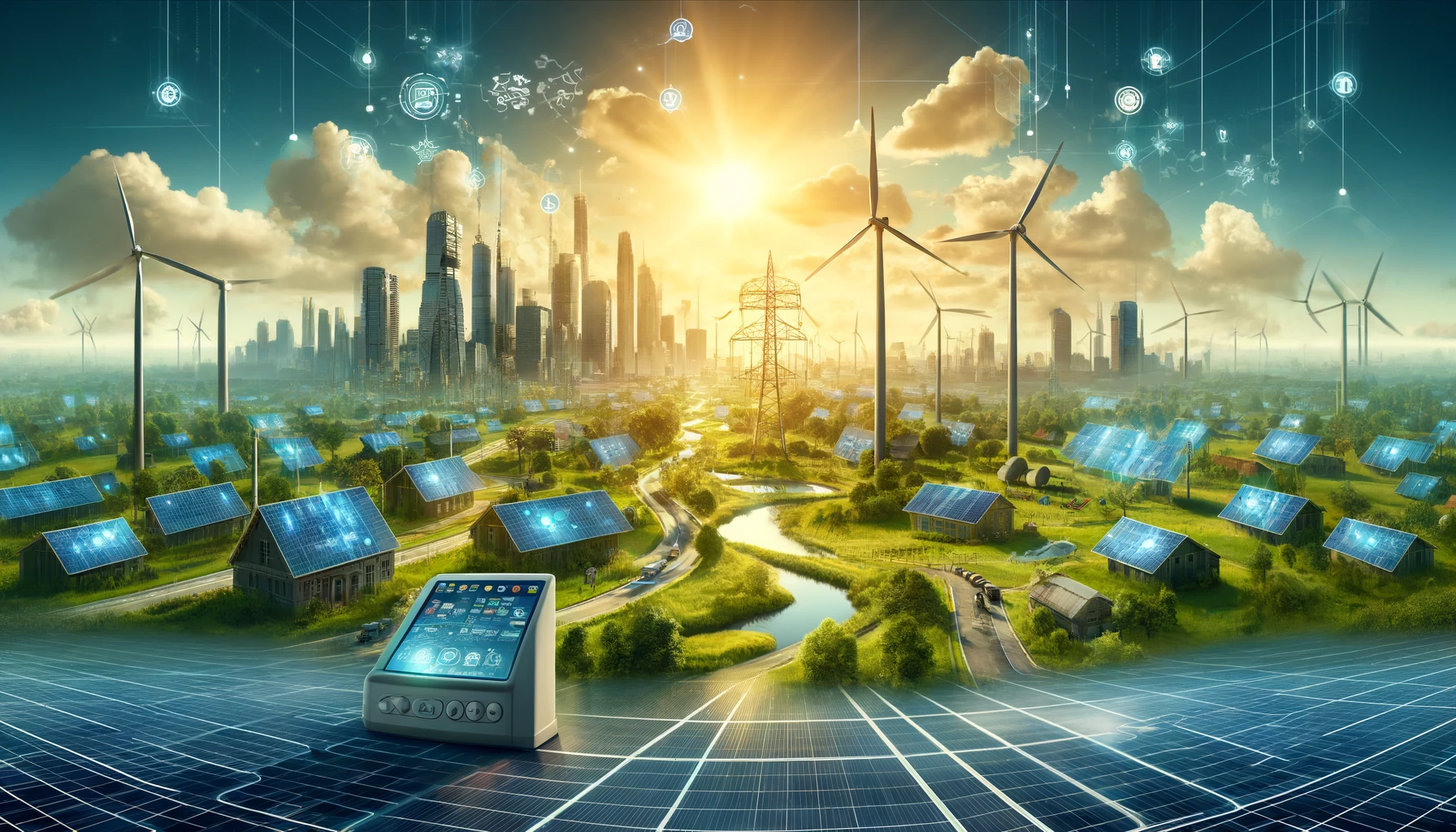Integrating Smart Grids with Renewables for a Resilient Energy System in Bangladesh
This study proposes integrating smart grid technology with renewable distributed generation to transform Bangladesh’s energy sector into a sustainable, resilient, and inclusive system. It highlights the country’s progress, potential, and policy needs to accelerate the clean energy transition.

Bangladesh’s energy future is at a turning point, marked by rising demand and urgent environmental pressures. A groundbreaking study by Amam Hossain Bagdadee from the Department of Electrical and Electronic Engineering at Presidency University, Bangladesh, and Li Zhang from the School of Electrical and Power Engineering at Hohai University, China, lays out a visionary strategy to transform the country’s energy infrastructure. Their research proposes integrating smart grid systems with renewable distributed generation (RDG) to build a sustainable, secure, and climate-resilient power network. Drawing on interdisciplinary methods including economic modeling, stakeholder engagement, and scenario planning the study delivers a practical roadmap for Bangladesh and other developing nations aiming to leap toward clean energy futures.
From Fossil Reliance to Renewable Resilience
The study highlights that Bangladesh’s heavy dependence on fossil fuels, primarily gas and coal, poses long-term risks to its economy, environment, and national security. The energy sector has been under strain due to price fluctuations, supply shortages, and greenhouse gas emissions. Moreover, the country’s geographic vulnerability to climate-related disasters such as flooding, sea-level rise, and cyclones amplifies the urgency for a cleaner energy path. The researchers argue that integrating renewable sources like solar photovoltaics, wind, biomass, and small-scale hydropower with smart grid technology can offer a viable alternative. Distributed energy systems reduce transmission losses, improve grid reliability, and make power more accessible, particularly in rural and off-grid areas.
Smart Grids: The Backbone of a Modern Energy Network
Smart grid systems are central to the study’s proposed strategy. Unlike traditional grids, smart grids use two-way digital communication, real-time monitoring, and automation to manage electricity flow efficiently. These features are essential for integrating variable renewable sources like solar and wind, which depend on weather conditions and time of day. The study details how smart meters, advanced metering infrastructure (AMI), and distribution automation systems are already being implemented in Bangladesh. Between 2018 and 2023, over three million smart meters were deployed, and AMI now covers 60% of the country’s electricity consumers. Demand response programs have also gained traction, allowing users to adjust electricity usage based on grid needs and price signals.
Bangladesh’s Renewable Landscape: Progress and Potential
Among renewable sources, solar power is the dominant force in Bangladesh, accounting for 79% of installed capacity and more than 85% of renewable electricity generation. The government has invested heavily over $1.2 billion in solar PV projects in 2023 alone. Solar Home Systems (SHS) are the backbone of rural electrification, serving millions of households. While wind and biomass contribute smaller shares, the study identifies their untapped potential, especially in coastal and agricultural regions. Wind speeds peak during monsoon seasons, while biomass energy surges during post-harvest months. Hydropower, although limited by geography, holds promise in the country’s hilly terrains through small-scale, run-of-river systems. The researchers use detailed resource assessment models to forecast where and when these resources can be most effectively harnessed.
Policy, Investment, and the Road Ahead
Despite notable advancements, the study identifies key challenges that hinder the broader deployment of smart grid-integrated RDG in Bangladesh. Financial constraints remain significant, particularly the high upfront costs of renewable installations and smart infrastructure. Regulatory uncertainty, lack of standardized interconnection policies, and limited technical expertise further slow progress. To overcome these barriers, the authors recommend a robust policy framework that includes feed-in tariffs, tax incentives, concessional loans, and clear investment guidelines. Institutions like the Bangladesh Energy Regulatory Commission (BERC) and the Sustainable and Renewable Energy Development Authority (SREDA) are seen as critical enablers, tasked with enforcing regulations, supporting innovation, and facilitating public-private partnerships. The paper also stresses the value of international collaboration through technology transfer, climate financing, and regional energy cooperation to strengthen Bangladesh’s clean energy ecosystem.
The study underscores that this transition is not only technical but also social and economic. Decentralized renewable systems empower local communities to become energy producers, thereby promoting inclusivity and energy equity. It can help reduce energy poverty, particularly in underserved rural areas, and generate employment in installation, maintenance, and grid management. These transformations also align with the country’s broader sustainable development goals and commitments under the Paris Agreement.
A Blueprint for Developing Nations
Bangladesh’s journey toward a smart, renewable-powered future, as mapped out by this study, offers a compelling example for other developing countries seeking low-carbon development. The integration of RDG with smart grid technology is presented not as a luxury, but a necessity for achieving energy security, climate resilience, and economic growth. The strategy connects engineering innovation with social inclusion and policy reform, laying a foundation for long-term sustainability. With coordinated action from policymakers, investors, regulators, and communities, Bangladesh can position itself as a regional leader in clean energy transition proving that even resource-constrained nations can chart bold, sustainable paths forward.
- FIRST PUBLISHED IN:
- Devdiscourse










